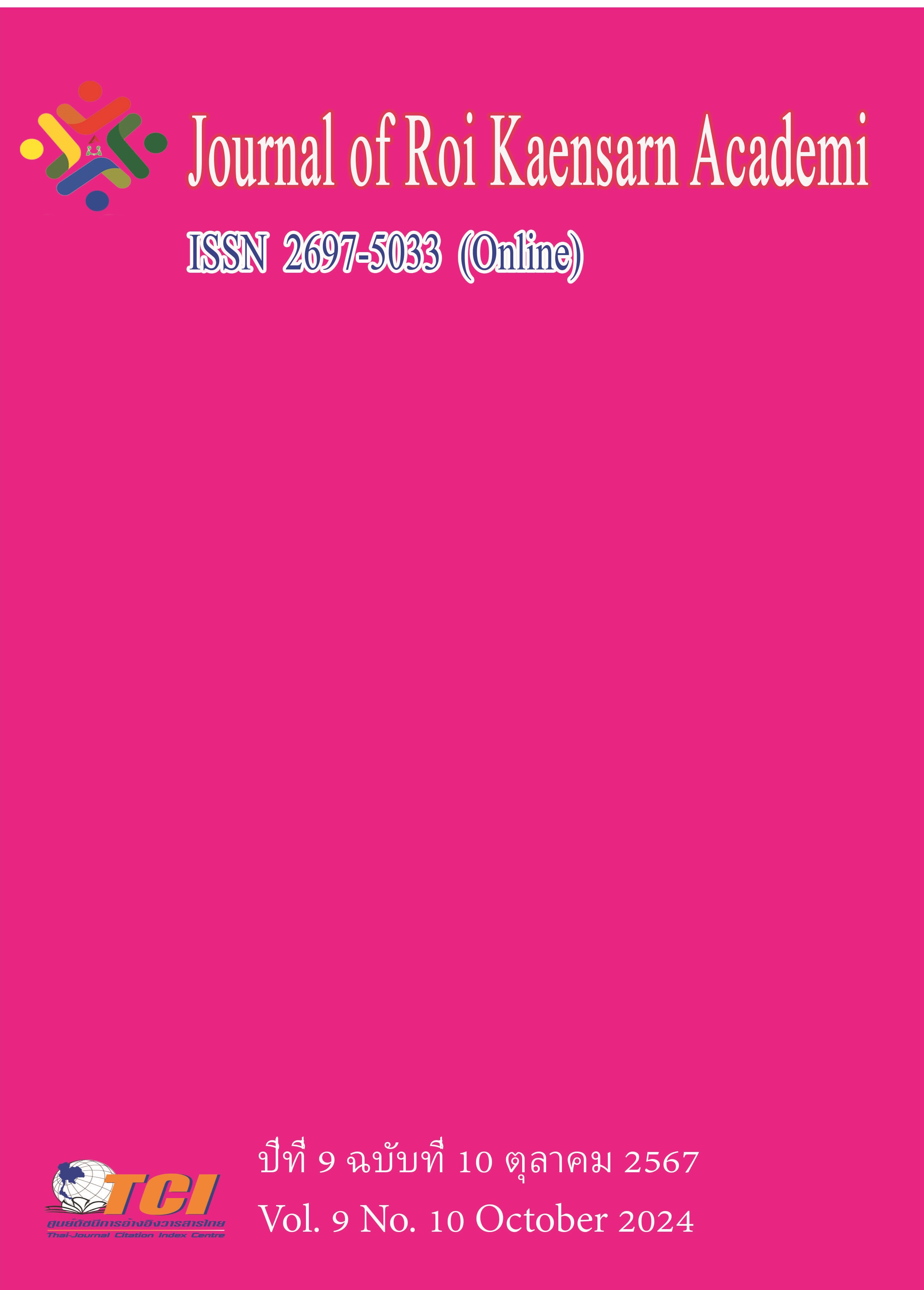The Research on the Integration and Innovation of Baoshan Lisu Dance Culture in Yunnan
Main Article Content
บทคัดย่อ
This research aims to explore the cultural integration and innovative development of Lisu dance in Baoshan, Yunnan, focusing on how historical migration, cultural exchanges, and modernization have shaped its evolution. The study adopts a mixed-methods approach, incorporating field observations, interviews with cultural practitioners, and literature reviews to examine the transformation of traditional Lisu dance. The research sample includes Lisu communities in Longling and Tengchong counties, known for preserving rich cultural heritage. Research tools include video documentation of performances and interviews with key cultural figures. Data collection involved gathering insights from Lisu dance performances and analyzing their development across different historical periods.
The research results found that Lisu dance has undergone significant changes due to its interactions with other ethnic groups, modern media, and global influences. While maintaining its traditional elements, such as the "Three-String Dance," Lisu dance has adapted to modern aesthetic preferences, incorporating contemporary music, choreography, and costumes. These innovations, along with the use of digital platforms and formal education, have helped
Article Details
เอกสารอ้างอิง
Chen, J., & Tang, J. (2007). On the characteristics of Lisu folk dance. Journal of Mianyang Normal University, (09), 86-88.
Duan, X. (2015). An analysis of the natural aesthetics of Lisu dance in Baoshan. New West (Theoretical Edition), (22), 30-31.
Guo, H. (2015). A study on the Lisu ethnic group's dance "Waqiqi" in Weixi. Ethnic Music, (03), 38-40.
Kong, J. (2017). A discussion on Lisu dances in the Nujiang River basin. Northern Music, 37(10), 240.
Lee, T. (2023). The role and value of ethnic dance in cultural heritage. Tomorrow's Fashion, (18), 49-51.
Lewis, P., & Lewis, E. (1984). Peoples of the Golden Triangle: Six Tribes in Thailand. London: Thames and Hudson.
Li, J. (2016). The development of ethnic minority music and dance art under the cultural policies of New China. Guizhou Ethnic Studies, 37 (10), 103-106.
Li, L. (2020). A study on the migration history of the Lisu people (Doctoral dissertation, Yunnan University).
Luo, X. (2020). Research on Lisu Dance Art in Dechang (Master's thesis, Sichuan Normal University).
Peng, X. (2010). A preliminary study on the cultural characteristics and evolution of traditional Lisu folk dances in Fugong County, Nujiang Prefecture. Journal of Yunnan Arts University, (01), 47-51.
Zhang, L. (2014). Research on regional minority folklore dances in China. Art and Technology, 27 (04), 204.

